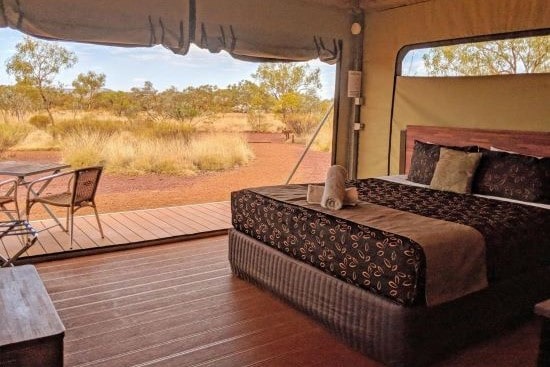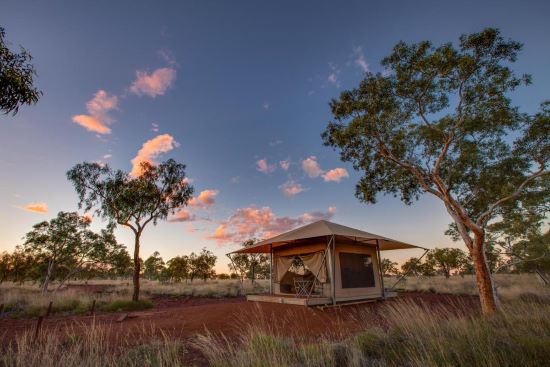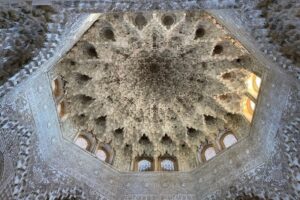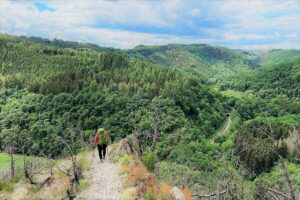When imagining the outback of Western Australia, most travelers think of dark red color dust. And that is exactly the color that comes to mind when thinking about Karijini national park, one of our favorite spots in Western Australia. With its unique landscape, it offered us a real Western Australian outback experience. Inside the park, there are different parking lots where several hikes take you to fairytale pools, red terraced cliffs and gorgeous waterfalls. In this blog post, we describe the four best hikes in Karijini National Park.
Table of Contents
Some of the links on this blog are affiliate links. This means if you click on a link and purchase, we receive a small commission at no additional cost to you. The affiliate links concern only products and services we appreciated highly and trust. This means the views and opinions expressed in this post are purely our own. For more information, read our privacy and cookie policy.
About the hikes
At the visitor center of Karijini national park, you can get maps of the area and the hikes. Here you can check the weather conditions as well. They have a small shop where you can buy fresh and cold water, a necessity during your hike.
Every walking trail has a classification number:
Class 2: Suitable for families. You don’t need any bushwalk experience
Class 3: Suitable for different ages and fitness levels. Only little bushwalk experience is needed
Class 4: For this walk, you need a good level of fitness. Experience in bushwalking is recommended
Class 5: A high level of fitness is recommended. Only if you are an experienced bushwalker. Sometimes you have to swim or climb to continue your walk.
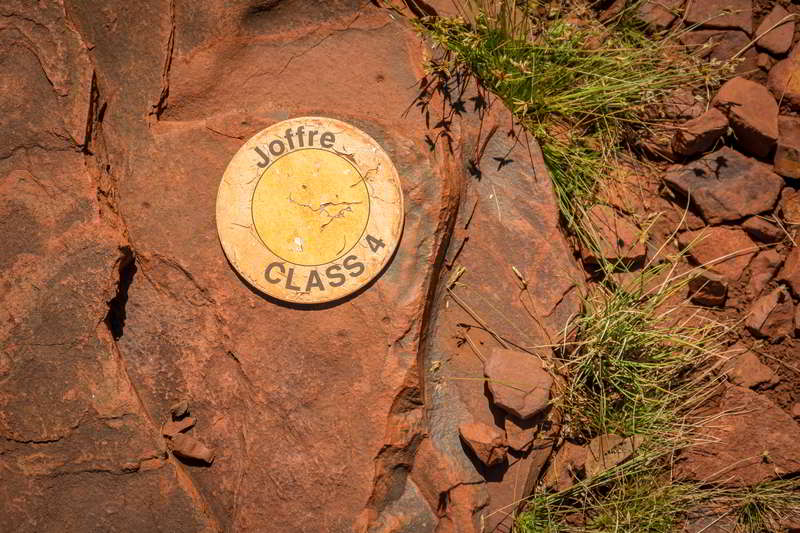
All hikes in Karijini national park start at a specific parking lot. So you can easily reach the start of the hike with your car. Large panels indicate where the trail starts. During the hike, buttons on rocks show you the way.
Dales gorge and Circular Pool (Class 4)
Start hike: The hike starts from Fortescue Falls park, close to Dales campground.
Description of the hike:
It starts with an easy walk where you take the stairs down into the gorge. When you head to the right, you can go and see the fern pool (a large pool with a waterfall that is very suitable for swimming). If you head to the left, you start hiking through the gorge. The hike is not very difficult, but sometimes you have to cross water via rocks to go from one side of the gorge to the other side. You can return the same way, or continue via the Circular Pool track and return to Fortescue Falls car park along the Gorge Rim track. The Circular Pool track ends at Circular Pool, a perfect place to have a picnic and a swim.
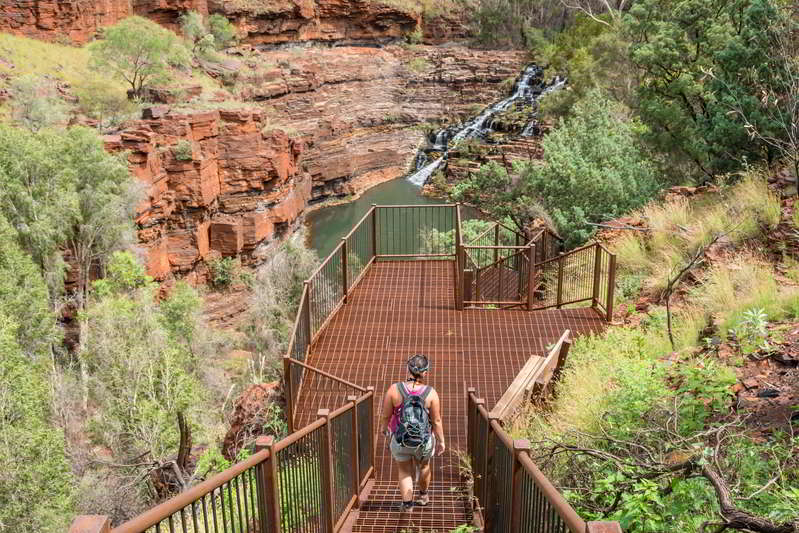
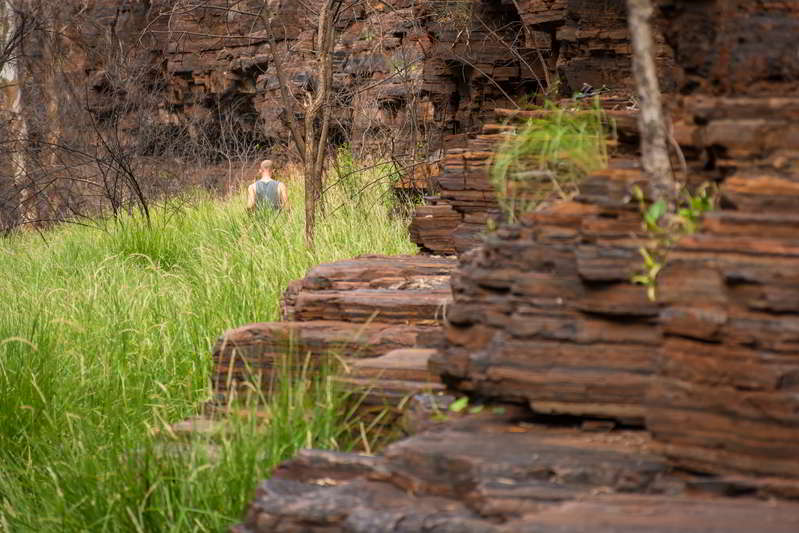
Length of the trail: The Dales gorge trail is about 2 kilometers. You need to walk an additional 800 meters for the Circular Pool. The Gorge rim track is 2 kilometers as well.
Mount Bruce Summit (Class 5)
Start hike: The hike starts from Mount Bruce car park
Description of the hike:
With its 1234 meters high, Mount Bruce is the second large summit in Western Australia. During the hike up, you will have spectacular views over the area and the Marandoo mine. Along the way, there are different information boards about the area and the mine. The trail starts easy, but gets more difficult once past the Marandoo mine site. Especially the last climb becomes a bit more technical. Because there is not a lot of shelter during your hike, it’s best to start the hike during the morning hours.
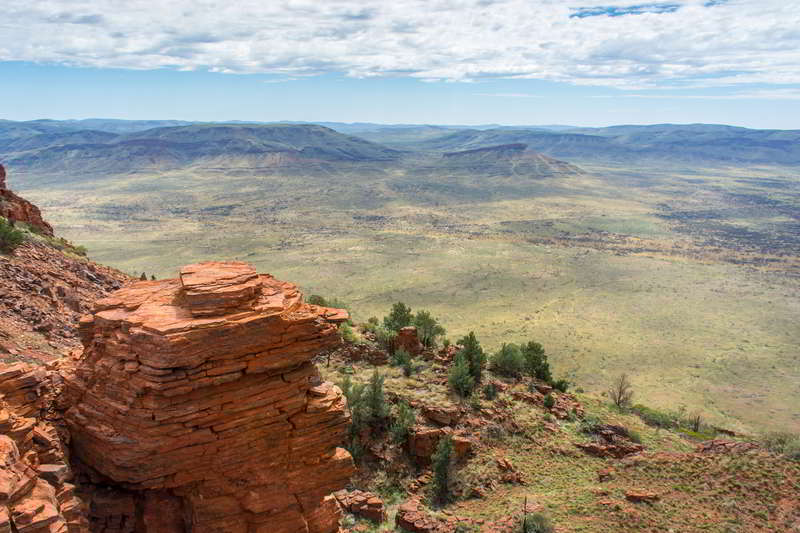
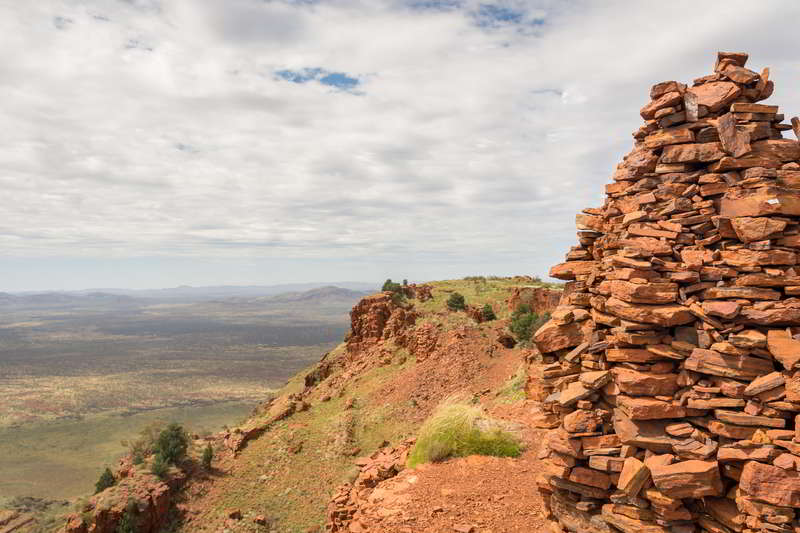
Length of the trail: From the car park to the summit and back is 9 kilometers. Dependent on your fitness level, the hike takes 4-6 hours.
Joffre waterfall (Class 4-5)
Start hike: The hike starts from the car park near the Joffre falls lookout.
Description of the hike:
Most of the trail is class 4, but the last 150 meters is class 5. It is the perfect way to witness how the water has changed the landscape. The trail ends at a curved wall which forms a natural amphitheater with an amazing natural waterfall. This hike can be technical as you need to climb up and down rocks that can be slippery from the water.
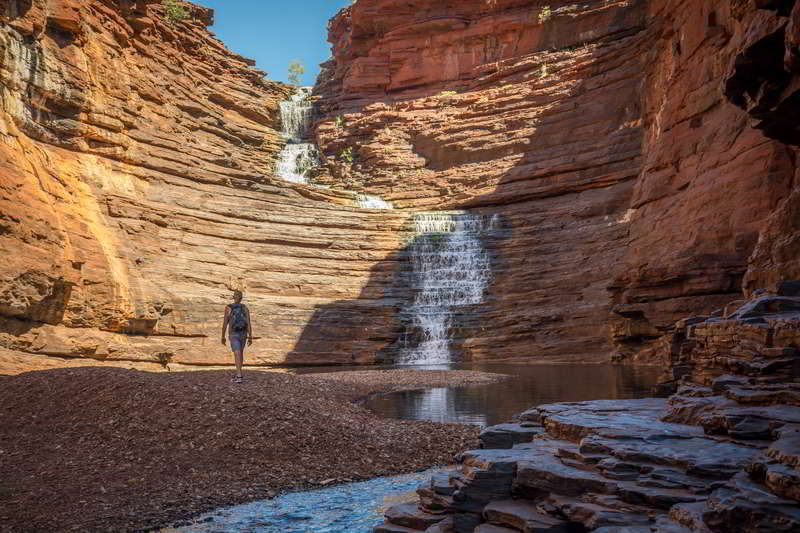
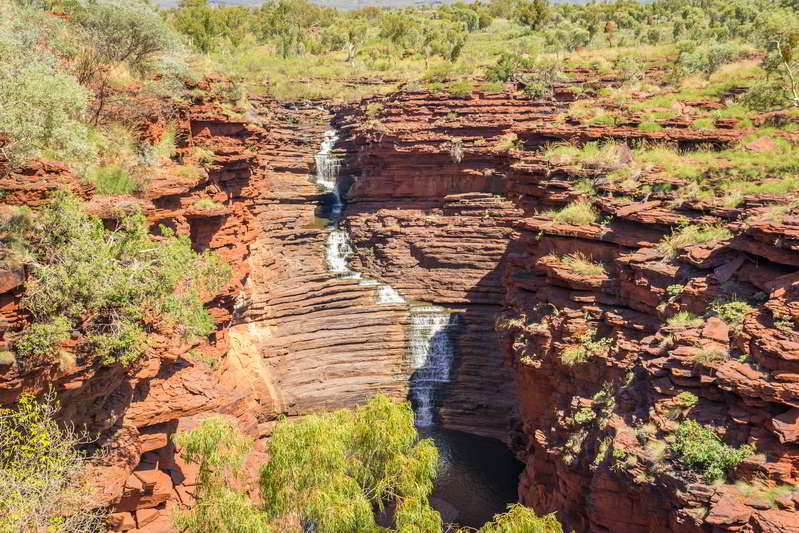
Length of the trail: The hike is 3 kilometers and it will take you about 2 hours.
Hancock gorge (Class 5)
Start hike: The hike starts from the Weano Gorge car park
Description of the hike:
This is probably the most adventurous hike of all. Be sure to take an action camera with you and leave other stuff that isn’t waterproof in your car. During this walk you sometimes need to swim or walk through water to continue, so you don’t want to take an expensive camera with you. The hike is technical as you have to defeat several natural obstacles. During the spider walk, you climb through a small gorge while water is streaming beneath you. Definitely not for the fainthearted, but we loved this hike!
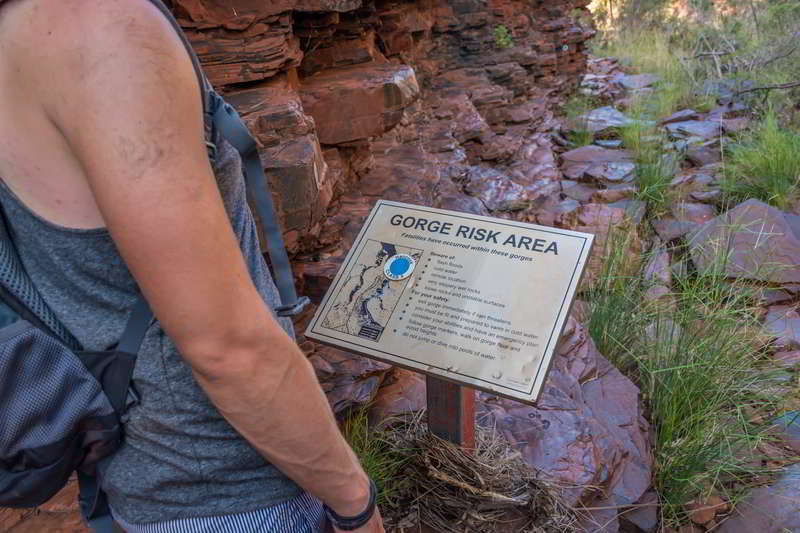
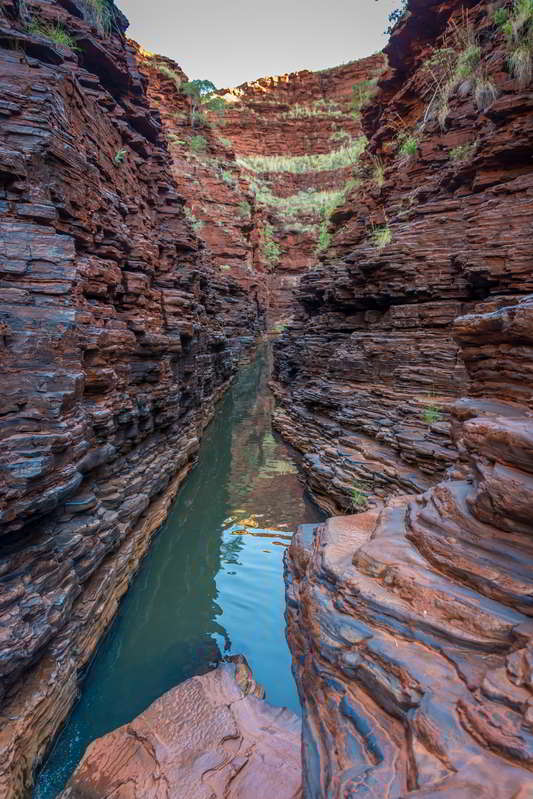
Length of the trail: The hike is 1.5 kilometers and it will take you about 2 hours.
Advice regarding hiking in Karijini National Park
A lot of these hikes demand to have bushwalk experience and a good level of fitness. Don’t start with these hikes if you don’t have a lot of walking experience. Visit the visitor center beforehand to obtain additional information and a map of the area (for free). Also check the weather conditions and leave the gorges immediately when it starts to rain (flooding occurs).
Karijini National Park’s climate can be best described as tropical semi-desert, and hence temperatures in summer can be extreme. Take plenty of drinking water and sun protection.
Don’t start hiking without…
- Minimum 2 liters of water per person per day. A CamelBak is an eco-friendly and convenient way to take fresh water with you.
- Sturdy shoes and other hiking material like trekking poles
- A daypack suited for hiking
- Sun hat
- Sunglasses, sunscreen (30+) and insect repellant
- Map of the area
- Snacks and/or lunch and a reusable ziplock bag to take your waste back with you
- Clothes for every type of weather condition. There are different pools in Karijini National Park, so take a swimsuit with you as well to have a refreshing dip during your hike.
About the park
Karijini national park is Western Australia’s second largest national park. The park is famous for its many gorges, slot canyons, waterfalls, waterholes and red cliffs. The best time to visit the park is May to August, when it is wildflower season and the waterfalls are at their best. The park has a beautiful visitor center, where you can learn more about the park and get more information and maps of the different hikes. At the visitor center, you have hot showers and toilets. It is located just off Banjima Drive (eastern section) and is open from 9am to 4pm from April to October with reduced hours over the remaining months. Drinking water can be bought in the visitor center. There are also tanks with untreated water on the site, but remember this water needs to be treated before it is drinkable. Our advice is to take plenty of water with you before entering the park.
How to get there?
The park lies about 1400 kilometers north of Perth. The most important city nearby is Tom Price. If you want to fully experience Karijini, you need a car to drive from one car park to the other. When you drive carefully, a 2WD should be sufficient.
Where to stay?
There are two camping grounds in Karijini: Dales campground and at Karijini Eco Retreat. Facilities include benches, gas barbecues and toilets. If you’re more in the mood for glamping, Karijini Eco Retreat offers deluxe eco tent with ensuite and eco cabins.
Check prices and availability: BOOKING.COM
